Figures & data
Figure 1 Flow diagram summarizing the study selection process.
Abbreviaiton: RCT, randomized controlled trial.

Table 1 Characteristics of the trials and their populations
Table 2 Summary of risk of bias
Table 3 Effect of single components on HRQoL and hospital admissions
Table 4 Effect of different multicomponent self-management intervention compared to usual care on hospital admissions
Table 5 Effect of different multicomponent self-management intervention compared to usual care on HRQoL
Figure 2 HRQoL (SGRQ) outcomes for multicomponent self-management intervention versus usual care.
Abbreviations: ANCOVA, analysis of covariance; CI, confidence interval; HRQoL, health-related quality of life; Int, intervention group; Cont, control group; SGRQ, St George’s respiratory questionnaire; UC, usual care.
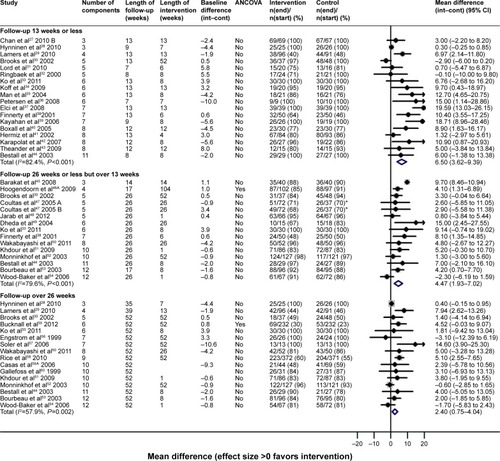
Figure S1 HRQoL (SGRQ) at final follow-up for comparisons assessing the effects of one additional component of self-management.
Abbreviations: ANCOVA, analysis of covariance; CI, confidence interval; HRQoL, health-related quality of life; SGRQ, St George’s respiratory questionnaire; Int, intervention group; Cont, control group.
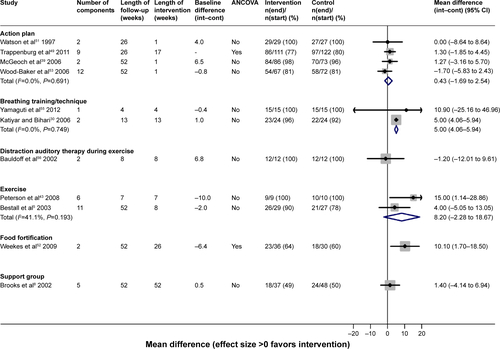
Figure S2 HRQoL (CRQ) at final follow-up for comparisons assessing the effects of one additional component of self-management.
Note: D = rehabilitation (traditional and modern) + qigong + breathing training + limb training vs modern rehabilitation + breathing training + limb training.
Abbreviations: ANCOVA, analysis of covariance; CI, confidence interval; HRQoL, health-related quality of life; CRQ, Chronic Respiratory disease Questionnaire.
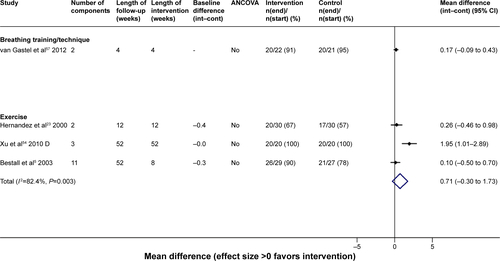
Figure S3 HRQoL (SGRQ) outcomes for exercise-only interventions versus usual care/sham intervention.
Note: *The control group that has been halved in size (split between two comparisons). A = t’ai chi qigong vs control. B = exercise vs control.
Abbreviations: ANCOVA, analysis of covariance; CI, confidence interval; HRQoL, health-related quality of life; SGRQ, St George’s respiratory questionnaire.
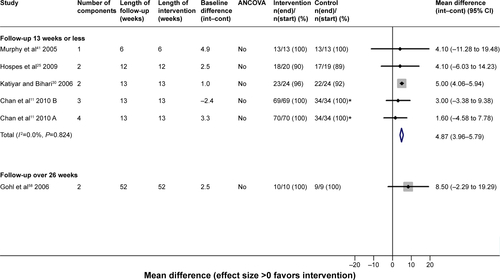
Figure S4 Hospital admissions for multicomponent self-management interventions versus usual care.
Notes: B = exercise vs control. ^Several papers are represented by this lead publication.
Abbreviations: ANCOVA, analysis of covariance; CI, confidence interval; HR, hazard ratio.
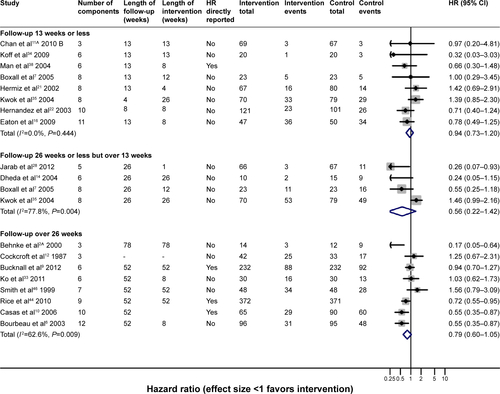
Figure S5 HRQoL (CRQ) outcomes for multicomponent self-management intervention versus usual care.
Note: A = rehabilitation (traditional and modern) + qigong + breathing training + limb training vs UC.
Abbreviations: ANCOVA, analysis of covariance; CI, confidence interval; HRQoL, health-related quality of life; CRQ, Chronic Respiratory disease Questionnaire; UC, usual care.
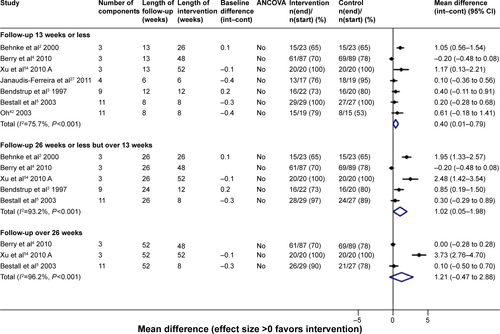
Figure S6 HRQoL (SGRQ) outcomes for multicomponent self-management interventions including supervised exercise versus usual care/control.
Notes: B = exercise vs control. ^Several papers are represented by this lead publication.
Abbreviations: ANCOVA, analysis of covariance; CI, confidence interval; HRQoL, health-related quality of life; SGRQ, St George’s respiratory questionnaire.
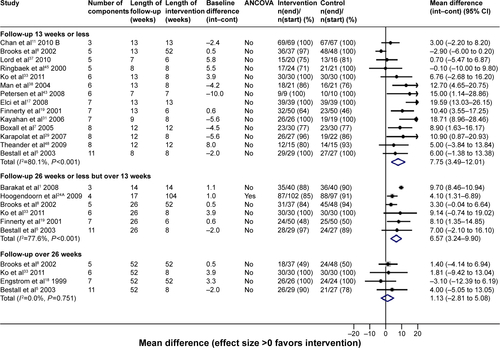
Figure S7 HRQoL (CRQ) outcomes for multicomponent self-management interventions including supervised exercise versus usual care/control.
Note: A = rehabilitation (traditional and modern) + qigong + breathing training + limb training vs UC.
Abbreviations: ANCOVA, analysis of covariance; CI, confidence interval; HRQoL, health-related quality of life; CRQ, Chronic Respiratory disease Questionnaire; UC, usual care.

Figure S8 HRQoL (SGRQ) outcomes for multicomponent self-management interventions with structured, unsupervised exercise versus usual care/control.
Abbreviations: ANCOVA, analysis of covariance; CI, confidence interval; HRQoL, health-related quality of life; SGRQ, St George’s respiratory questionnaire.
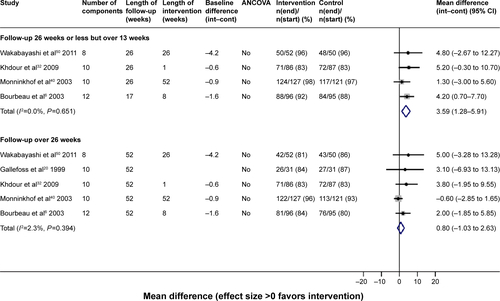
Figure S9 HRQoL (SGRQ) outcomes for multicomponent self-management interventions with exercise counseling only versus usual care/control.
Note: ^Several papers are represented by this lead publication.
Abbreviations: ANCOVA, analysis of covariance; CI, confidence interval; HRQoL, health-related quality of life; SGRQ, St George’s respiratory questionnaire.
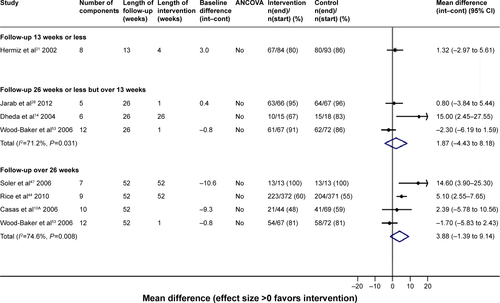
Figure S10 HRQoL (SGRQ) outcomes for multicomponent self-management interventions without an exercise element versus usual care/control.
Notes: *The control group that has been halved in size (split between two comparisons). A = nurse-assisted collaborative management vs UC; B = nurse-assisted medical management vs UC.
Abbreviations: ANCOVA, analysis of covariance; CI, confidence interval; HRQoL, health-related quality of life; SGRQ, St George’s respiratory questionnaire; UC, usual care.
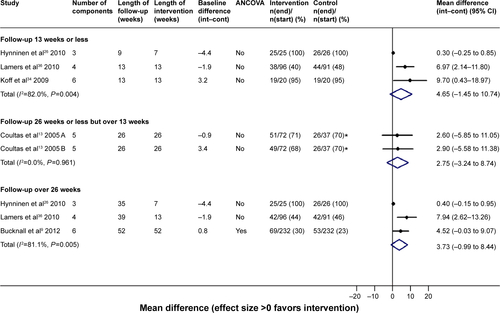
Table S1 Definitions of components of self-management
Table S2 Content of interventions by the number of components within the self-management package
